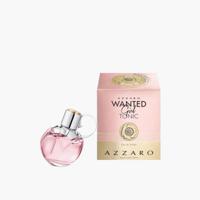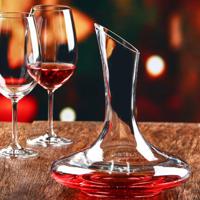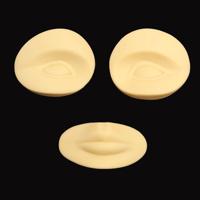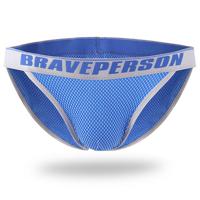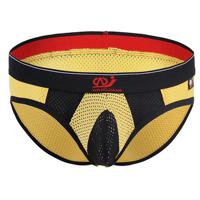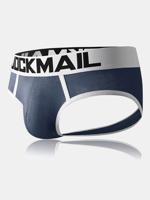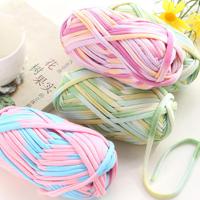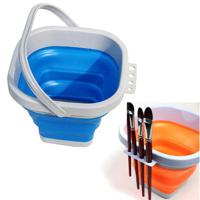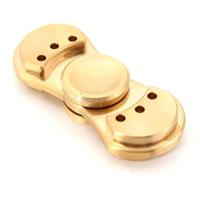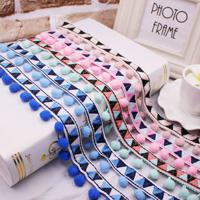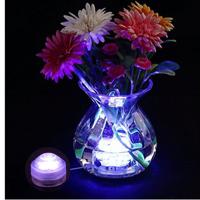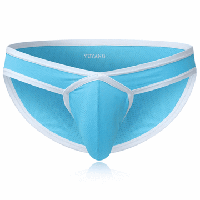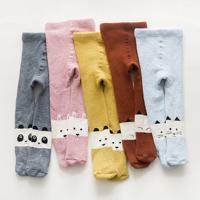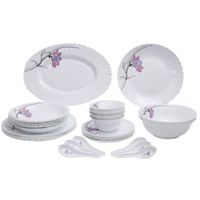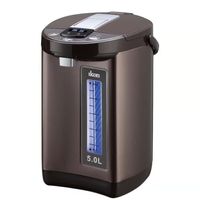Because tableware is something that you will be using on a daily basis, and even for special occasions, choosing a set is a huge thing. You have to select a set that you can use to serve the morning cereal to a full-fledged ceremonial dinner.
A dinnerware should meet half a dozen different criteria. Not only should they be pleasing to look at, but also convenient to handle and most of all serve food. There are also so many varieties of materials, shapes, and designs to choose from. You should also know how they feel on the hands, how heavy they are, and how long they will stay brand new for you to choose one over the other. This guide will tell you everything you need to know before you shop for them. As having a better understanding of the product will help you make better purchase decisions, there is no doubt that this is going to be helpful for you.
A beginner’s guide to tableware
There is no getting around the fact that tableware is a must-have in any home. They will not only protect your expensive wood or marble from damage and stains but will add aesthetic value as well. You can make your tableware collection big or small, you must have it. Similarly, there are a variety of different types of tableware out there. So, before shopping for tableware, you should be familiar with the different types of materials and finishes that are used in their making. If you know what the pros and cons of each of them are, you can easily decide on which one to buy.
Ceramics dinnerware sets
Many people think of ceramics as one particular type of material. But that is not true. Instead, manufacturers use many different types of materials to make ceramic tableware. The most common type of ceramics includes Bone China, Porcelain and stoneware. Although China and Porcelain are used interchangeably by the common people, there are some significant differences between the two. The major difference is in the composition. As the name implies, Bone China material uses bone ash in its composition. This adds to the strength of the tableware. Bone China sets are also more expensive than regular porcelain dishes.
Different types of glazes
Glazing is the protective coating on the ceramic crockery sets. It is this coating that protects the inner side of the ceramics from water and other liquids. This ensures that the tableware retains its strength even after numerous rounds of use. Glazes on these vessels are always thick and hard. The thickness of the glaze is responsible for a quarter of the thickness of the finished ceramics. There are two types of glazes: matte and glossy. Because of the porous nature of the matte glaze, it tends to trap liquids and small food particles. This results in the slow deterioration of the surface in the long run. Matte glazes are also harder to clean.
Milk glass crockery set
This is a type of glass that is opaque and white in its texture. Apart from the usual method of blowing to shape this glass, pressing also works on this as they are thicker. When you compare milk glass to regular silica glass, the former has more strength. The benefit of this type of material is that they can produce some really good-looking tableware. But they do not stand the test of durability. For that reason, vitrelle glass has taken the place of milk glass. Both of them have a similar texture and workability. Vitrelle glass is more durable and also lightweight.
Mugs, cups and saucers
In order to complete a set of tableware, you also need mugs and teacups. The difference between mugs and teacups is that mugs are more formal. Also, teacups always come with a matching set of saucers as well. But that doesn’t mean you always have to stick to one particular style. These days people allow a great deal of flexibility while choosing between mugs and teacups and saucers. It is also wise to keep a full set of both of these to be on the safer side. Regardless of whether it is a mug or a teacup, it should have a comfortable handle and a wide enough diameter so that a person can comfortably drink out of it.

